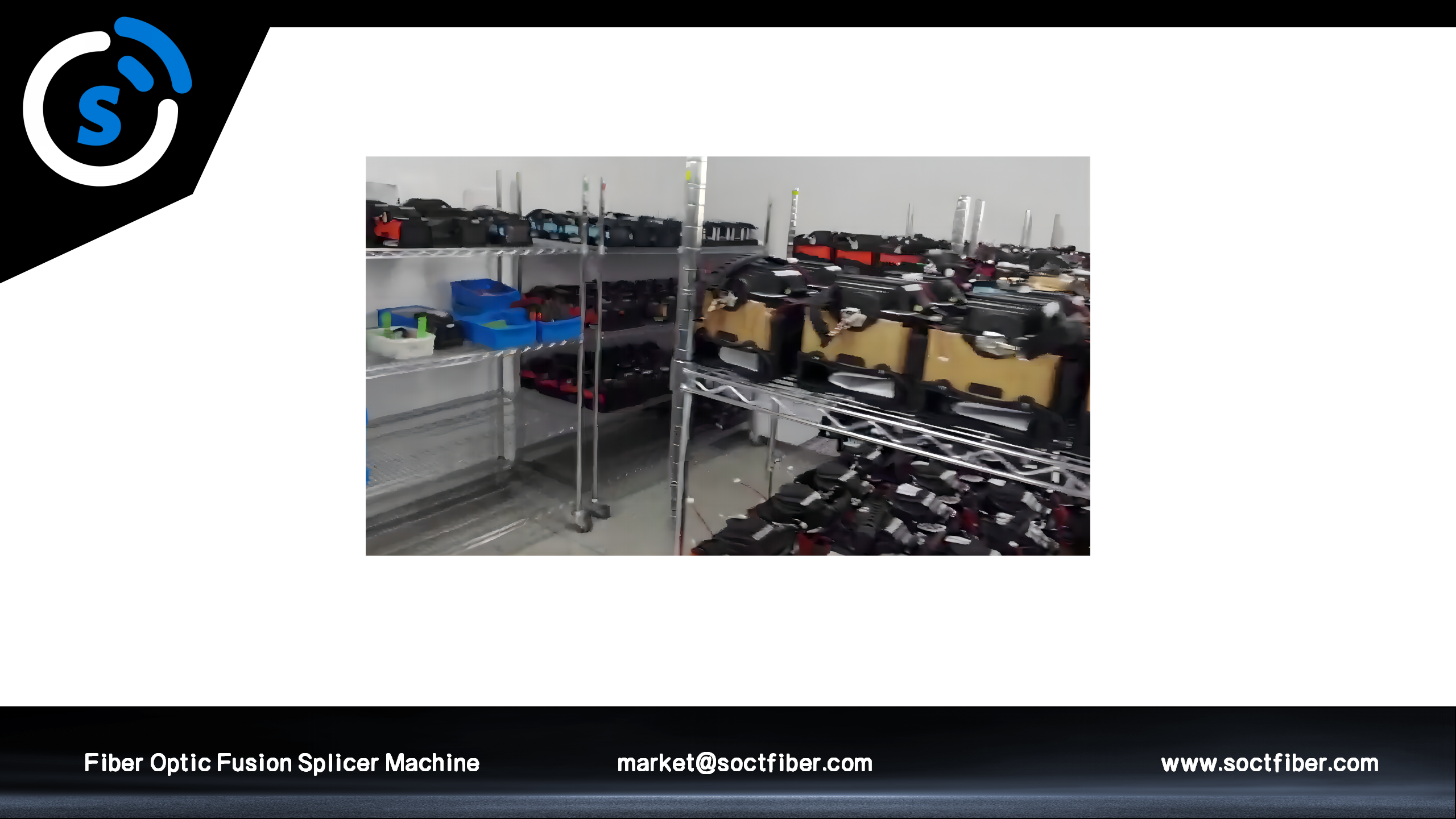fiber optic vs cable peer reviewd
In peer-reviewed research papers on the debate of cable vs fiber optic, the comparison grapples with technical differences. Common questions asked by scientists considering characteristics and application of these two technologiesAugust: Fiber optics are mainly for sending information with light pulses over fine glass fibers, transmitting data at high speed and wide bandwidth. It is particularly suitable for long-distance communication or high data rate transmission. But cable, often referring to coaxial cable, known primarily by that term on both sides of the Atlantic, uses electrical signals and is more. It is used for shorter distances and in traditional television, radio broadcasts, etc.Both have their own particular good points. But fiber optics is quick, has high bandwidth and is resistant to external interference which makes it a popular choice for today's demanding users.


